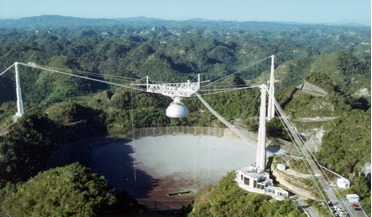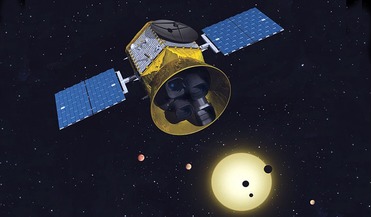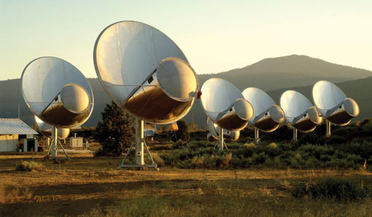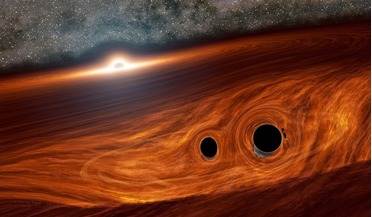 20 November 2020
The iconic Arecibo Observatory to be demolished due to safety concerns
20 November 2020
The iconic Arecibo Observatory to be demolished due to safety concerns
...+16 in 1974. By precisely measuring the variations in pulse arrival times, scientists worked out that these superdense neutron stars which spun once every 59 milliseconds (ms), could be used as natural stellar clocks as they moved in accordance with...
 02 January 2018
2017 - What a year!
02 January 2018
2017 - What a year!
... known system to contain eight planets like our own. LIGO’s continued discoveries included the first detection of a neutron star merger and scientists surmise that our Universe might have had a collision with another bubble universe...
 14 September 2018
AI helps find new pulses from mysterious FRB source
14 September 2018
AI helps find new pulses from mysterious FRB source
... galaxies and from a multitude of phenomena, such as stellar flares, evaporating black holes and from the obliteration of neutron stars when they collide. Around 35 separate bursts from varying regions on the sky have been detected since...
 29 June 2020
Black hole collision may have exploded with light
29 June 2020
Black hole collision may have exploded with light
... signal originated. These gravitational wave detectors have also spotted mergers between dense cosmic objects called neutron stars, and astronomers have already identified light emissions from those collisions. The ZTF results are described...